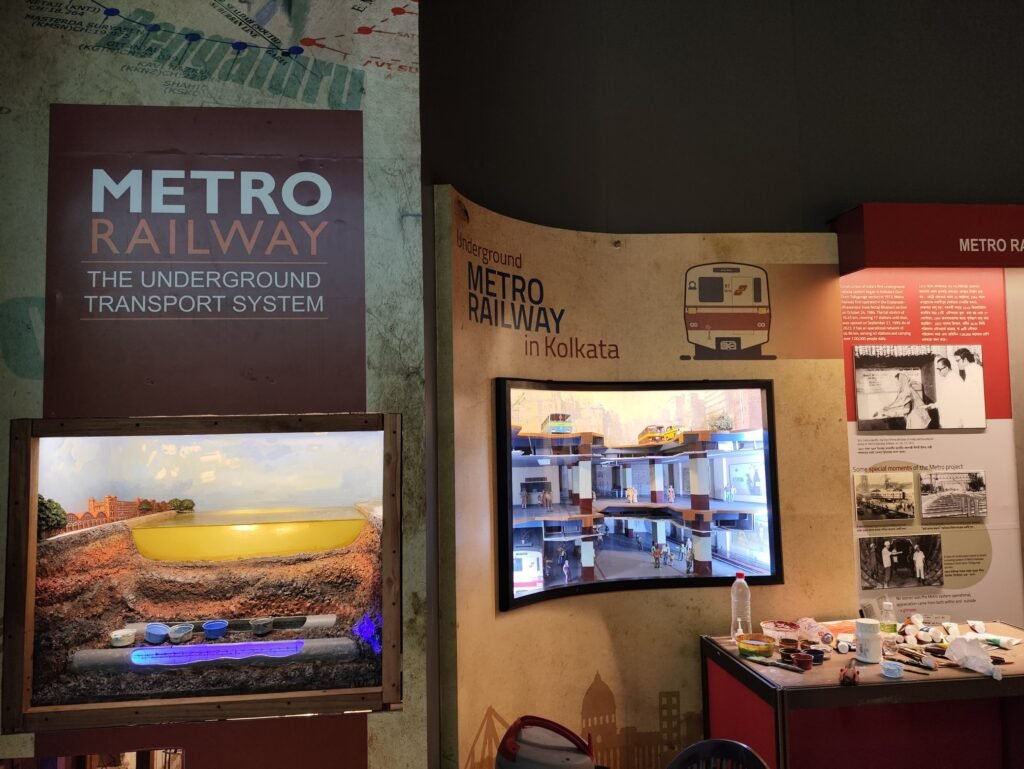The nation’s oldest Science Museum, Birla Industrial and Technological Museum (BITM), which falls under the National Council of Science Museums (NCSM) of the Ministry of Culture, Government of India, is poised to unveil its refurbished and modernized Transport Gallery today, coinciding with International Museum Day. Alongside a comprehensive aesthetic overhaul of the entire gallery, three model-based updates spotlighting the latest technologies have been introduced.

Subhabrata Chaudhuri, the director of BITM, highlights the dynamic evolution of transportation technology, aiming to encapsulate its journey from ancient innovations like the wheel to contemporary systems like the metro. The objective is to present a comprehensive exploration of transportation advancements, encompassing potential future technologies across various domains such as underwater vehicles, maritime transport, land-based and railway vehicles, as well as aerial and space travel.
As you step into the gallery, your attention will be drawn to a display showcasing Metro Rails from different parts of the world, serving as an introduction to the first underground metro system. Accompanying this is a meticulously crafted model, faithfully reproduced from genuine engineering blueprints.
Highlighting the significance of metro railways, particular emphasis is placed on Kolkata’s ground-breaking achievement as the pioneer of underwater metro systems. A detailed model depicting this feat is also featured, complete with miniature trains in motion.
Expanding on the Metro exhibits, Chaudhuri emphasized the narrative approach they’ve adopted, utilizing a blend of authentic artefacts, accurate replicas, and cutting-edge technologies like computer simulations and augmented reality. The aim is to ensure the presentation remains current and engaging.
Discussing the significance of the Metro, Chaudhuri highlighted the importance of acknowledging the Calcutta Metro, the nation’s oldest Metro system. Additionally, they underscored the inclusion of the first underwater Metro system, shedding light on its creation process and the challenges posed by the region’s alluvial soil, which may not be commonly known despite the enjoyment passengers experience during their rides.
The magnificence of the waterways section’s evolution commands attention is notably highlighted by a life-sized replica of a boat featuring rowers against a backdrop of simulated water ripples, serving as the gallery’s unique selling point. Moreover, numerous meticulously preserved boat models from the museum’s archives are now on public display, offering a comprehensive overview of the waterways system’s development.
Lastly, the accomplishments of Indian railways are showcased with the inclusion of the Vande Bharat Express in the gallery. The model accurately mirrors the real train, with an intriguing feature where the train seats revolve automatically, inviting observers to linger and notice the intricate details.
The latest enhancements ensure the Museum is thoroughly modernized, incorporating aesthetics, artistry, information, entertainment, and interactivity to captivate visitors.

